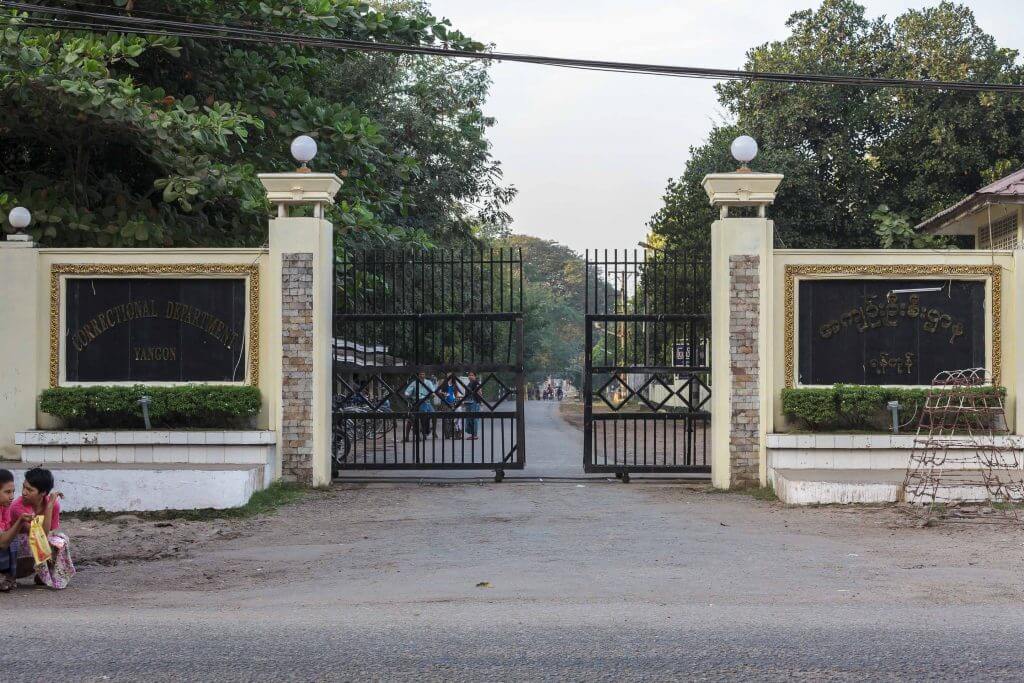
Yangon Correctional Facility aka Insein Prison (photo by Manuel Oka)
I just finished reading An Unlikely Prisoner by Sean Turnell. The economist used to be a key adviser to Aung San Suu Kyi and her NLD-led government before the coup d’etat in 2021, which ousted her democratically elected government from power.
Very soon after that, Turnell was detained and remained in various prisons for almost two years until his release in November 2022, including the infamous Insein Prison in the eponymous township in Yangon.
His book is an important reminder of the many political prisoners who remain incarcerated under the junta. It is also a testament to this man’s unbreakable optimism, and human kindness in general. Some of the stories are really heartbreaking and I thoroughly recommend reading them to at least bear some witness to what’s going on.
It has been more than two years since the coup and I am saddened by what people have to go through in the country. It has fallen off the cliff by almost every indicator and remains trapped in conflict and instability. The economy has all but collapsed and undernourishment is rampant.
What little I can do to stay in touch is reading and supporting the indispensable Frontier Myanmar, tirelessly chronicling developments on the ground. Myanmar is no longer frontpage news story.
There is understandably also little news emanating from Yangon regarding its buildings or more broadly its urban fabric under the “new” political regime. From what I see and hear, though, the city is a ghost of its former self.
Most of the people I knew in Yangon have left. Very few remain and are constantly contemplating their exit given how dangerous it has become. The lucky ones, able to choose their destiny and leave.
It felt good to reconnect with the country reading Turnell’s book.
Meanwhile, our guide is nearing its tenth anniversary–and we are long overdue a second edition. On-site research is nearly impossible today, and frankly, people have more important and immediate worries than the city’s architecture.
That said, browsing through the pages reminded me how much of a “current affairs” book we wrote. We tried to be balanced and cautious in our predictions about the future, but they did not include a return to junta control and an abrupt closing off a country that was tentatively but assuredly “opening up” after decades of isolation.
I wish we can eventually update the book, and imbue within its pages a fresh, sober but eventually hopeful tone again. The old buildings had their fair share of history to witness. Let’s hope the current chapter comes to an end soon and will be replaced with something better.
Maybe we can tap into Professor Turnell’s wisdom again: I remember being in touch with him briefly when we wrote our Yangon book in 2014/15. His 2009 publication on the country’s banking sector had established him as one of the authorities on Myanmar’s financial history. This came in handy when we had questions about the various state-owned bank buildings in downtown Yangon as well as their fascinating history.
